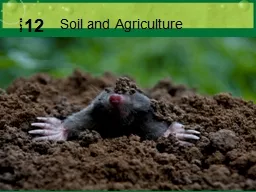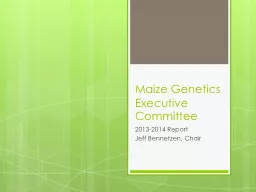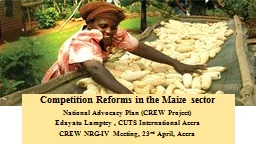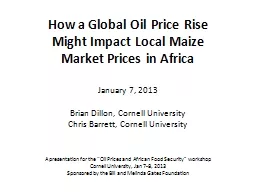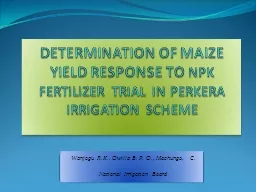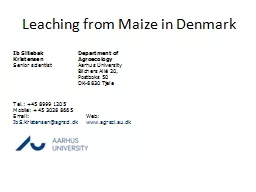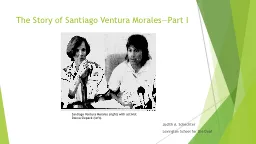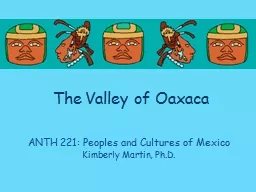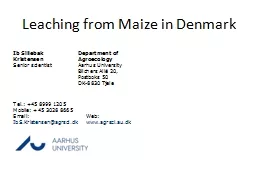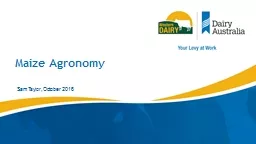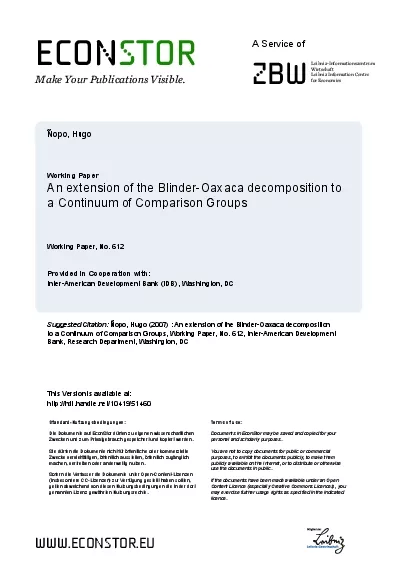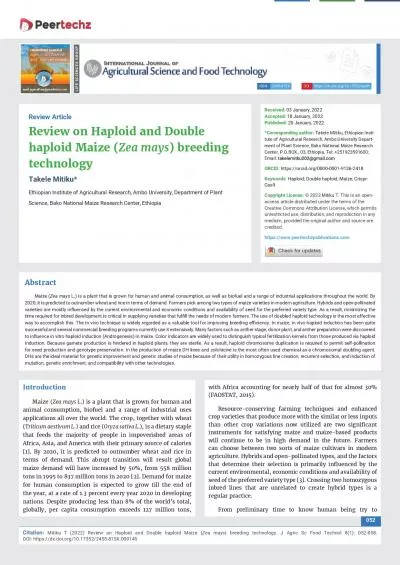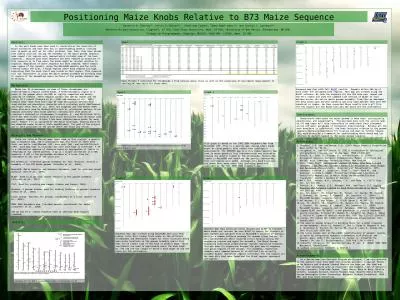PPT-12 Soil and Agriculture CHAPTER Possible Transgenic Maize in Oaxaca, Mexico
Author : myesha-ticknor | Published Date : 2019-11-04
12 Soil and Agriculture CHAPTER Possible Transgenic Maize in Oaxaca Mexico In 2001 genetically modified GM transgenes were found in native Oaxacan maize AntiGM activists
Presentation Embed Code
Download Presentation
Download Presentation The PPT/PDF document "12 Soil and Agriculture CHAPTER Possible..." is the property of its rightful owner. Permission is granted to download and print the materials on this website for personal, non-commercial use only, and to display it on your personal computer provided you do not modify the materials and that you retain all copyright notices contained in the materials. By downloading content from our website, you accept the terms of this agreement.
12 Soil and Agriculture CHAPTER Possible Transgenic Maize in Oaxaca, Mexico: Transcript
Download Rules Of Document
"12 Soil and Agriculture CHAPTER Possible Transgenic Maize in Oaxaca, Mexico"The content belongs to its owner. You may download and print it for personal use, without modification, and keep all copyright notices. By downloading, you agree to these terms.
Related Documents

